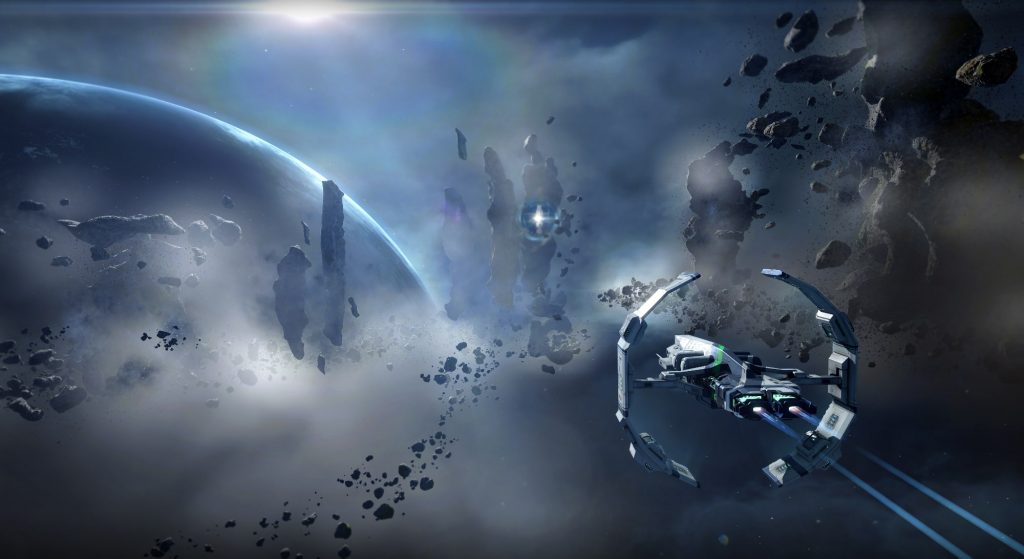
Virtual economies (VE) have been around since the emergence of video games. In essence they are no different from a real economy. Someone has a demand for a certain product, say an in-game cosmetic, and if the price is right another person will fulfil that demand and supply the buyer with the good. The only difference is that these economies solely trade virtual goods such as character skins, weapons, virtual property and more. A good representation of a VE is the MMORPG World of Warcraft (WoW) released in 2004. The game allowes players to, among others, ‘farm’ cosmetics and equipment that could be traded for virtual money or other goods. This resulted in an economy that trades over 21 billion gold (which is the in-game currency) a day (Royce, 2021). For those of you that don’t know what to do with that number, on the grey market 10 thousand gold is worth roughly 70 euros (MMOGA, n.d.), which amounts in transactions worth 1 million euros a day. It’s considered a grey market since Activision Blizzard, the developers of WoW, do not permit the exchange of in game currency for real currency.
However not all VE are built the same. WoW’s developers allow users gain goods through for example killing foes and crafting, which results in developer defined and therefore limited creation of content (Sivan, 2016). Another approach would be that of online platforms such as Second Life. The game allows users to create a fully personalized characters (Avatar) and provides a 3D modelling tool to create fully customizable content. This result in a practically unlimited creation of content and in theory allows users to own and sell their creations as intellectual property (Sivan, 2016).
Games such as Eve Online have managed to take the concept of VE even more extreme, practically imitating real world economies. The game is a MMO based in space that allows for trade, mining, fighting and more. While the game functions on a limited creation of content concept, the developers practically do not interfere with the economy. In fact, the game allows players to create organizations that have become so big that they function as nation states. The largest of these is the Strategic Exploration and Development Corp, which has amassed over 11 thousand players (doltan, n.d.) from whom it collects taxes, sells protection and insurances, trades with, sells bonds to and more. In 2014, a clash between two of these organizations over resources and land resulted in the largest in-game battle ever recorded, with over 7 thousand players participating in a war that has been estimated to cost players roughly 300,000 USD (real-world) (How Money Works, 2021). The sheer number of transactions resulting from wars and other in game events has allowed players to launder money worth hundreds of thousands by selling it on the grey market and hiding it in player-based trades (How Money Works, 2021).
References
Dotlan. (n.d.). Top 100 Corporations (with alliance membership, sort by membercount). Available From <https://evemaps.dotlan.net/corp/top> [Accessed 18.10.2022]
How Money Works. (2021). How EVE Online’s Massive Virtual Wars Are Financed – How Money Works [Online]. Available From <https://www.youtube.com/watch?v=m6j_UsGJnkQ> [Accessed 18.10.2022]
MMOGA. (n.d.). WOW WOTLK CLASSIC GOLD. Available From <https://www.mmoga.com/World-of-Warcraft-WotLK-Classic/WoW-WotLK-Classic-Gold,EU,Auberdine-Horde/> [Accessed 17.10.2022]
Royce, B. (2021). World of Warcraft gamers move 21B gold through the player economy every day. Available From <https://massivelyop.com/2021/01/21/world-of-warcraft-players-move-21b-gold-through-the-economy-every-day/> [accessed 17.10.2022]
